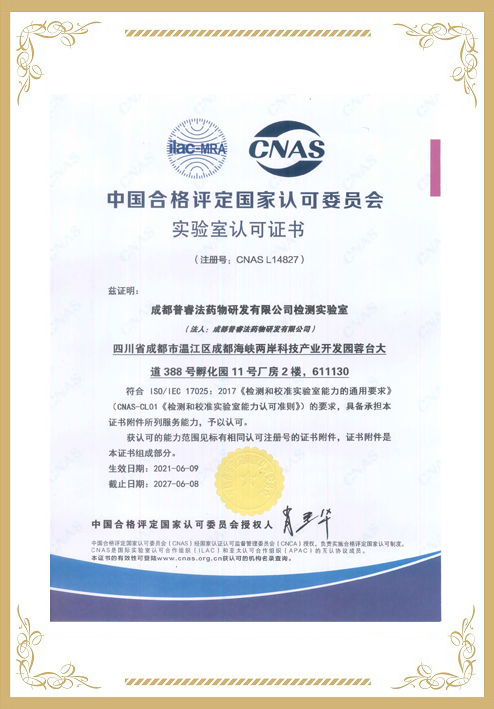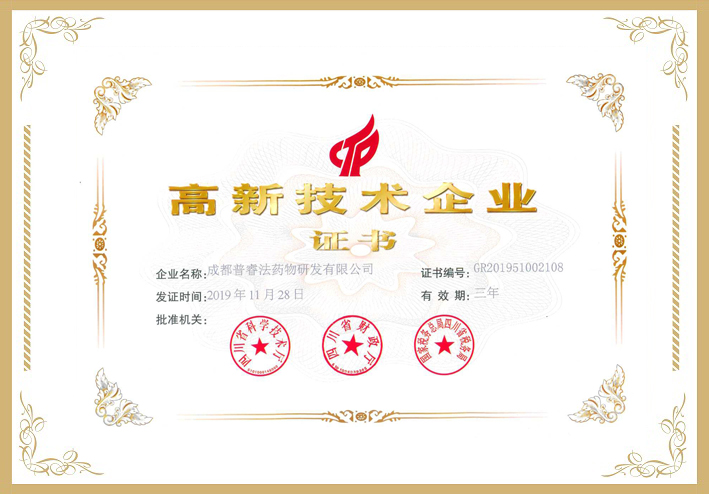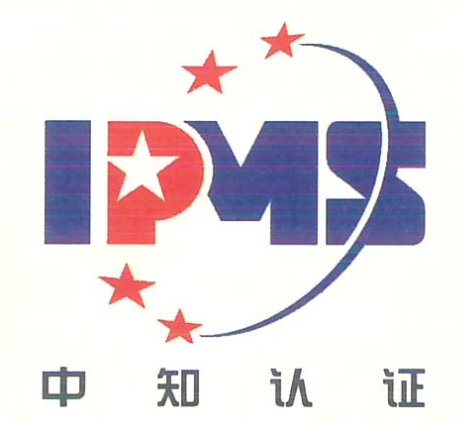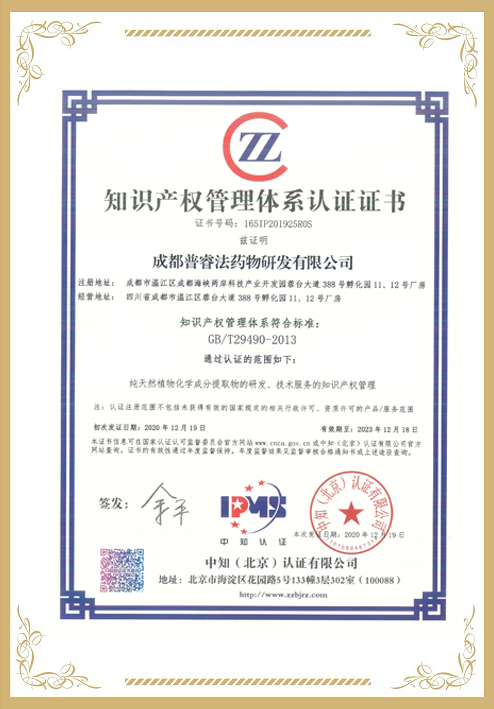在线咨询
联系电话:
销售:
400-829-7929(7*24小时)
028-
82633860
028-
82633397
028-82633165
技术服务和产品定制:
028-82633987
在线服务:
沈帅  文静
文静 
贺丹丹 


销售微信1
销售微信2
文献信息
Identification and quantification of hydroxycinnamoylated catechins in tea by targeted UPLC-MS using synthesized standards and their potential use in discrimination of tea varieties
Abstract
The contents of hydroxycinnamoylated catechins (HCCs) in tea leaves have yet to be thoroughly investigated. Herein, four HCCs, (–)-epicatechin 3-O-p-coumaroate (EC-pC), (–)-epicatechin 3-O-caffeoate (EC-C), (–)-epigallocatechin 3-O-p-coumaroate (EGC-pC), and (–)-epigallocatechin 3-O-caffeoate (EGC-C) were synthesized as standards through an improved route and then identified in leaves of 40 and quantified in 20 tea cultivars using ultra-performance liquid chromatography coupled with mass spectrometry (UPLC-MS). ECC and EC-pC were synthesized for the first time. This study found that HCCs were widely present in the two varieties of tea, Camellia sinensis var. sinensis (CSS) and var. assamica (CSA). The contents of total four HCCs and EGC-pC were higher in CSS (729–1398 mg/kg for total HCCs, 483–1052 mg/kg for EGC-pC), while EC-C was higher in CSA (65–176 mg/kg) cultivars, suggesting that EC-C and EGC-pC could be used as biochemical markers to differentiate CSS from CSA tea cultivars. Changes in HCCs contents were detected from the tea leaves collected from April to October, indicating that tea leaves harvested in August would have the highest HCCs content.
KeywordsCamellia sinensis var. assamica
Camellia sinensis var. sinensis
UPLC-QTOF-MS
UPLC-QqQ-MS/MS
chemical synthesis
… (–)-Epicatechin (EC, Cat No. 15071618, purity > 95%) and (–)-
epigallocatechin (EGC, Cat No. 20170902, purity > 95%) were purchased
from Chengdu Biopurify Phytochemicals Ltd. (Chengdu, China) …























